I'm trying to use haploNet function of {pegas} to plot a haplotype network, but i`m having trouble putting equal haplotypes from different populations in a same piechart. I can build a haplotype net with the following script:
x <- read.dna(file="x.fas",format="fasta")
h <- haplotype(x)
net <- haploNet(h)
plot(net)
I'd like to set in the dnabin data the label of the original population of each taxa, so i could have piecharts of different colors (of haplotypes from different populations) in the resulting network. I'd like also to remove overlapping circles in the resulting haplotype network.
Thanks for any help!
An example:
> data(woodmouse)
> x <- woodmouse[sample(15, size = 110, replace = TRUE), ]
> h <- haplotype(x)
> net <- haploNet(h)
> plot(net, size=attr(net, "freq"), scale.ratio = 2, cex = 0.8)
This script is used to build an haplotype network using {pegas}. The bigger circles represent much more haplotypes of some type. I`d like to know how I could set in the dnabin matrix the origin of the haplotypes, so they would appear with different colors in the network.

